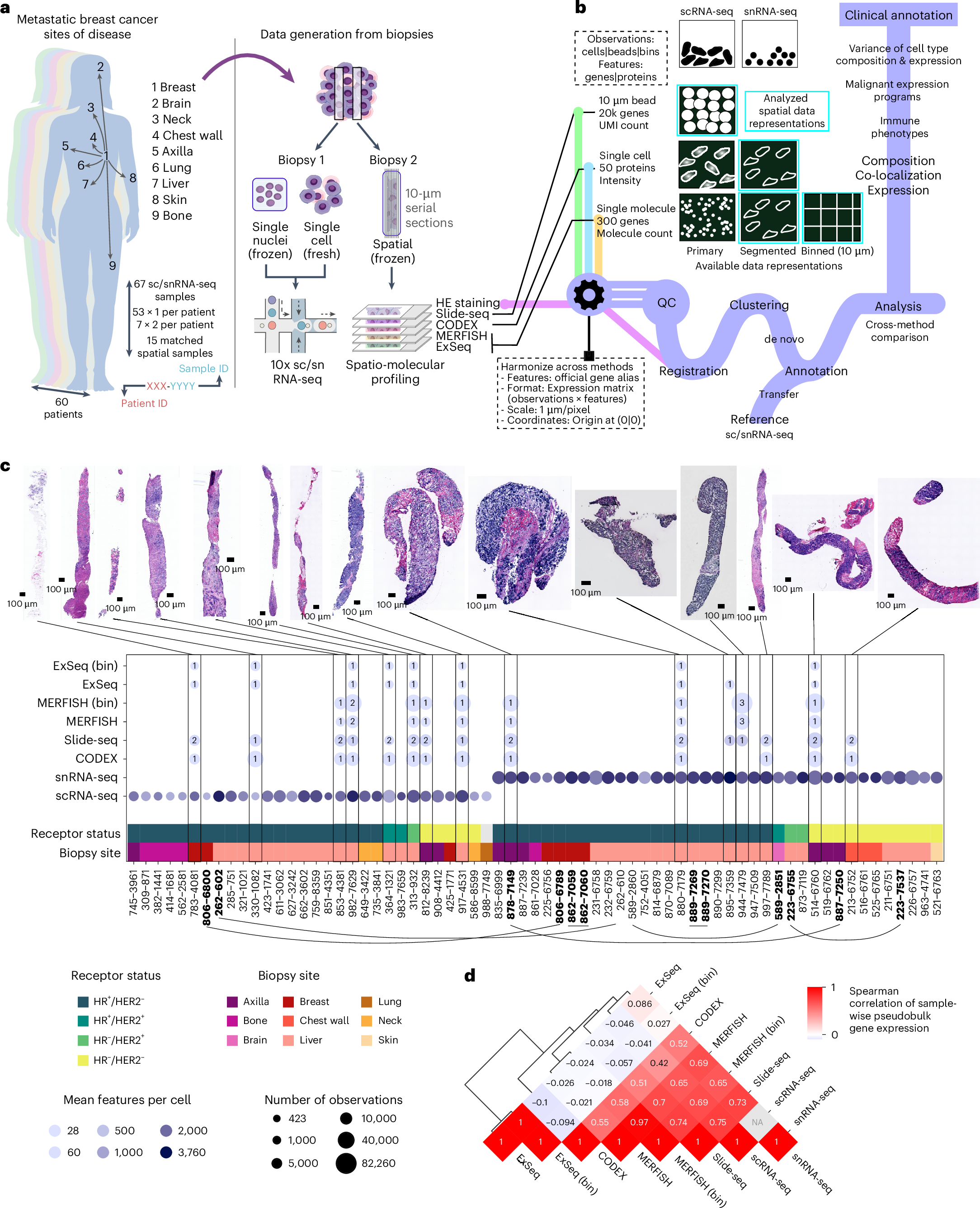2024-10-28 マックス・プランク研究所

A Kuhl’s pipistrelle drinks water during its nightly foraging flights © Jens Rydell
<関連情報>
- https://www.mpg.de/23656663/1028-ornr-echolocating-bats-use-an-acoustic-cognitive-map-for-navigation-987453-x
- https://www.science.org/doi/10.1126/science.adn6269
音響認知マップを用いたエコーロコケーションを行うコウモリのナビゲーション Acoustic cognitive map–based navigation in echolocating bats
Aya Goldshtein, Xing Chen, Eran Amichai, Arjan Boonman, […], and Yossi Yovel
Science Published:31 Oct 2024
DOI:https://doi.org/10.1126/science.adn6269
Editor’s summary
Insectivorous bats are well known to use echolocation to catch prey and navigate around obstacles. It has also been shown that more visually guided fruit bats have spatial cognitive maps of their environment. Goldshtein et al. placed minuscule GPS trackers on tiny pipistrelle bats in conjunction with temporary blocks of vision and olfaction. The authors found that the bats could still navigate across kilometer scales using only echolocation. Thus, echolocation may not only allow for local navigation, but might also translate into an acoustic cognitive map of the environment that the animals can use to navigate over long distances. —Sacha Vignieri
Abstract
Bats are known for their ability to use echolocation for obstacle avoidance and orientation. However, the extent to which bats utilize their highly local and directional echolocation for kilometer-scale navigation is unknown. In this study, we translocated wild Kuhl’s pipistrelle bats and tracked their homing abilities while manipulating their visual, magnetic, and olfactory sensing and accurately tracked them using a new reverse GPS system. We show that bats can identify their location after translocation and conduct several-kilometer map-based navigation using solely echolocation. This proposition was further supported by a large-scale echolocation model disclosing how bats use environmental acoustic information to perform acoustic cognitive map–based navigation. We also demonstrate that navigation is improved when using both echolocation and vision.


